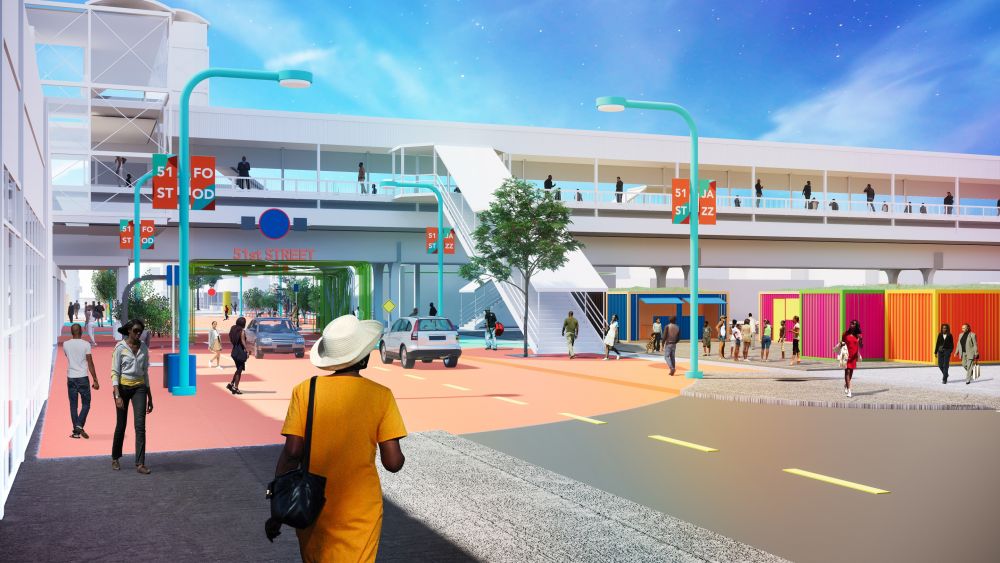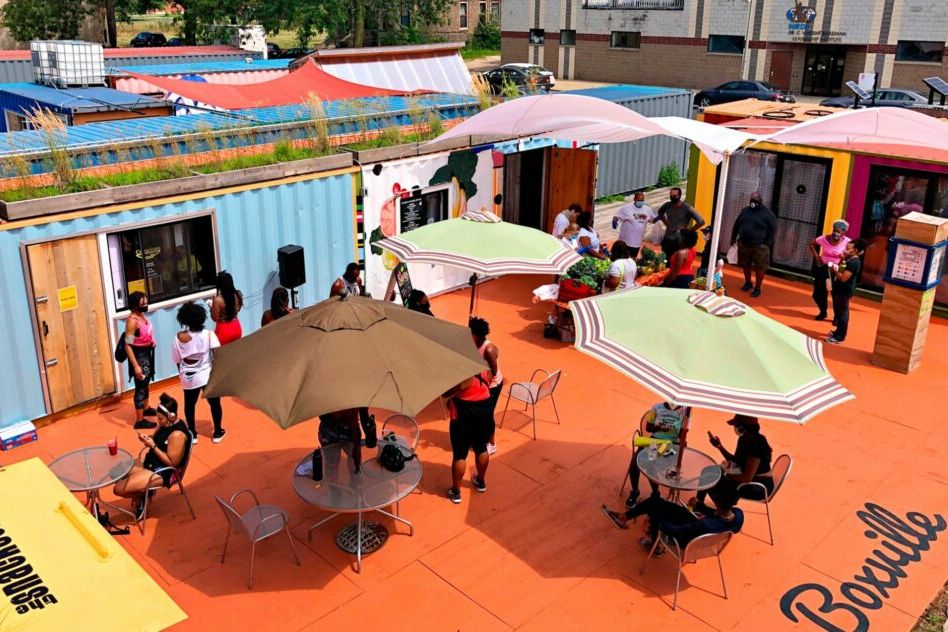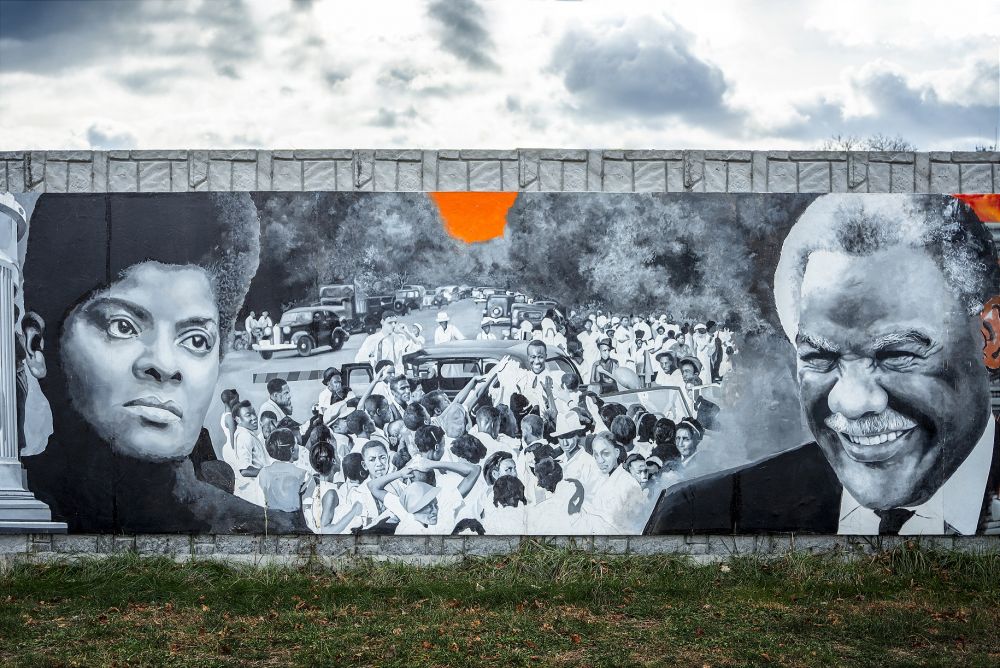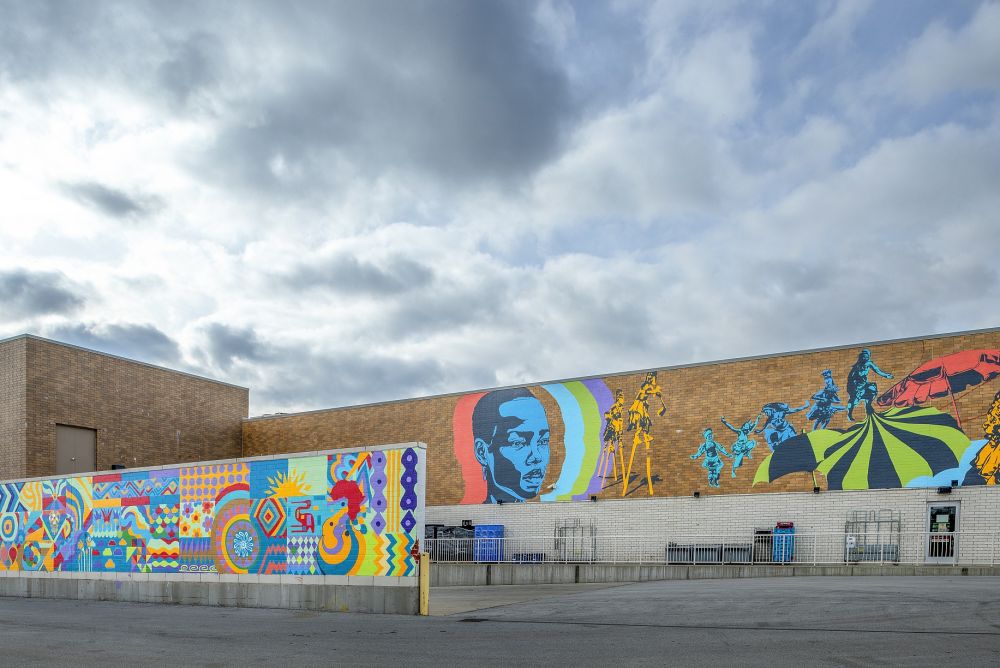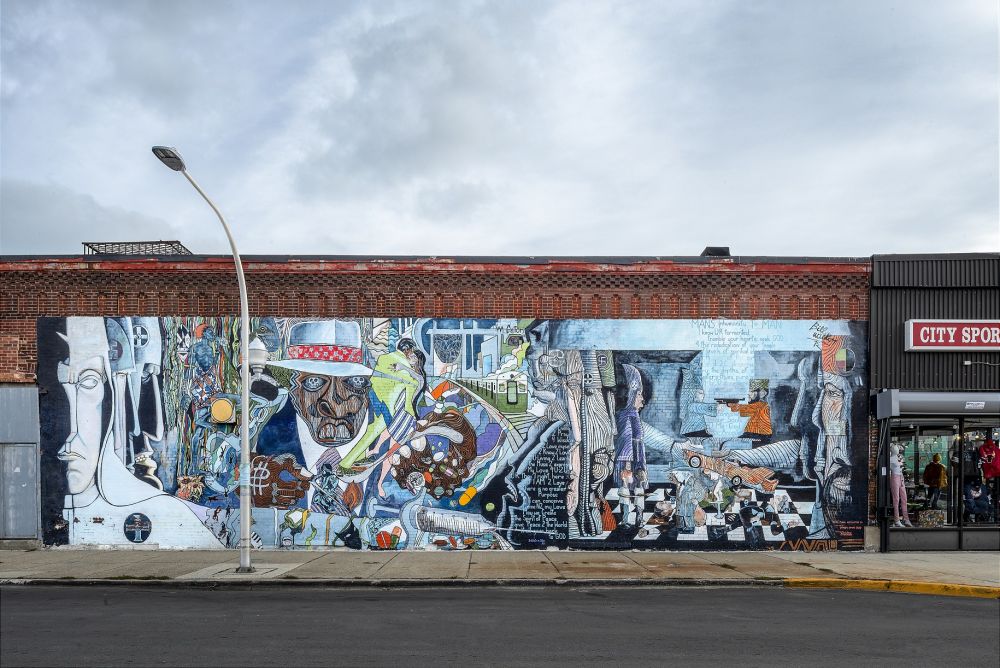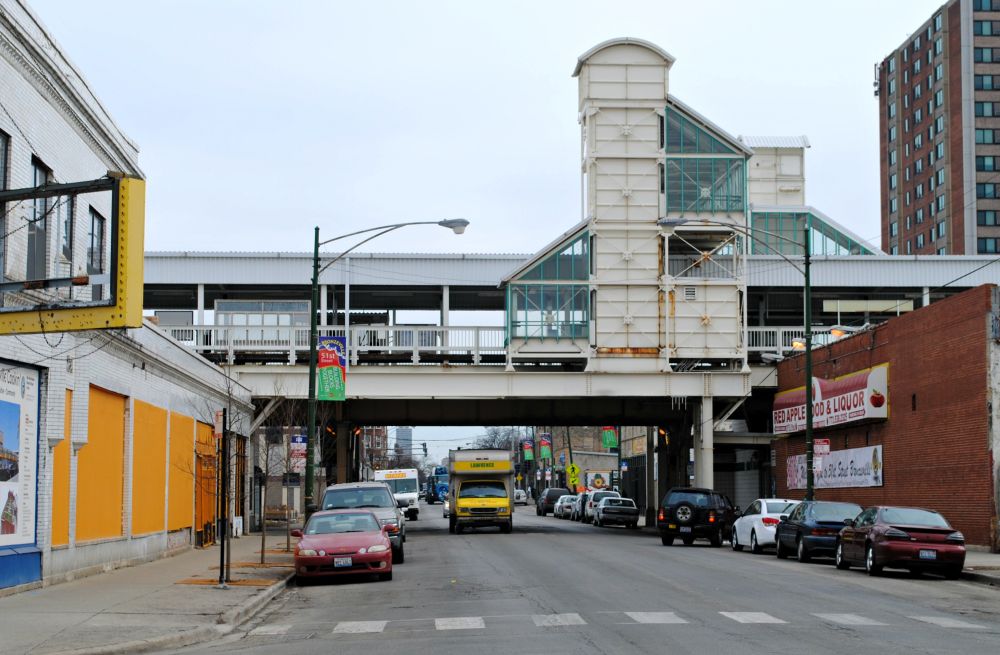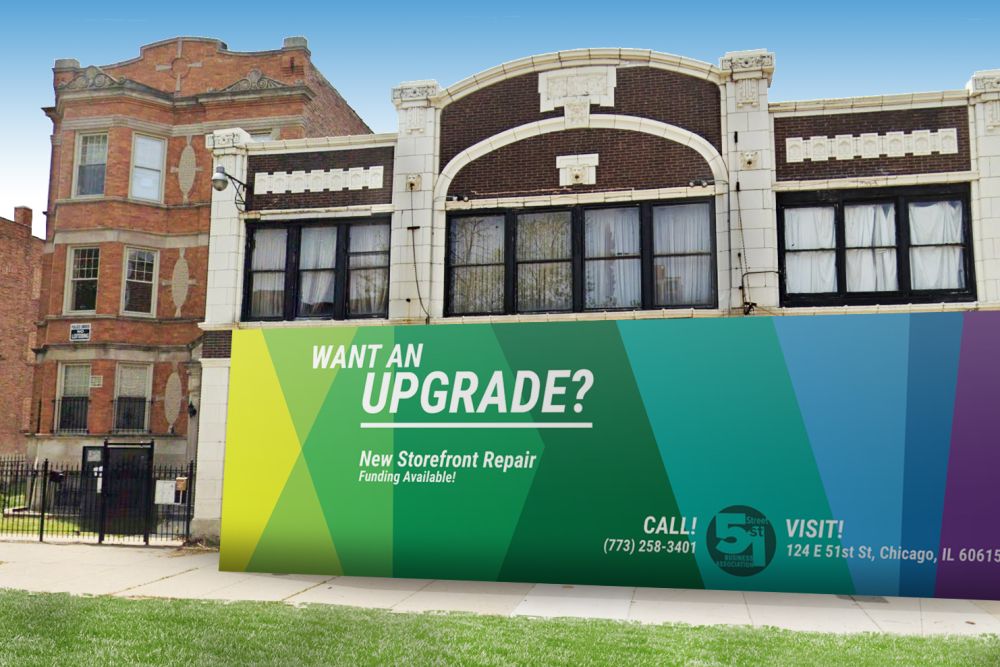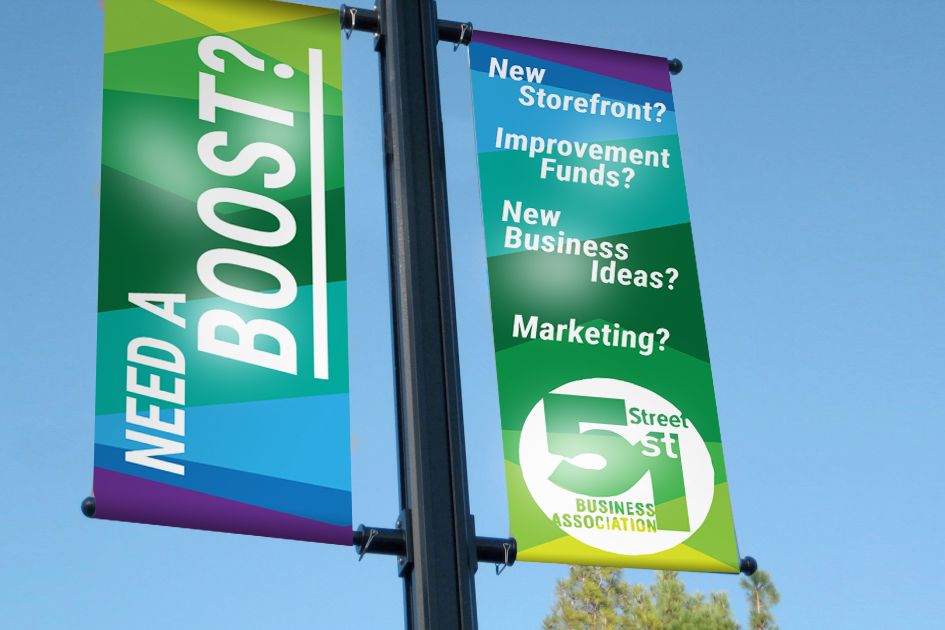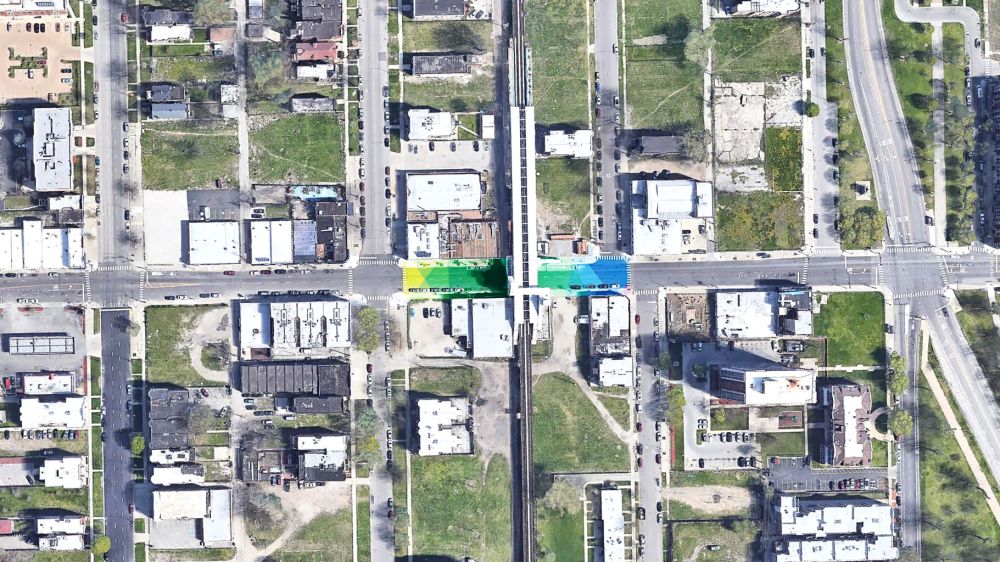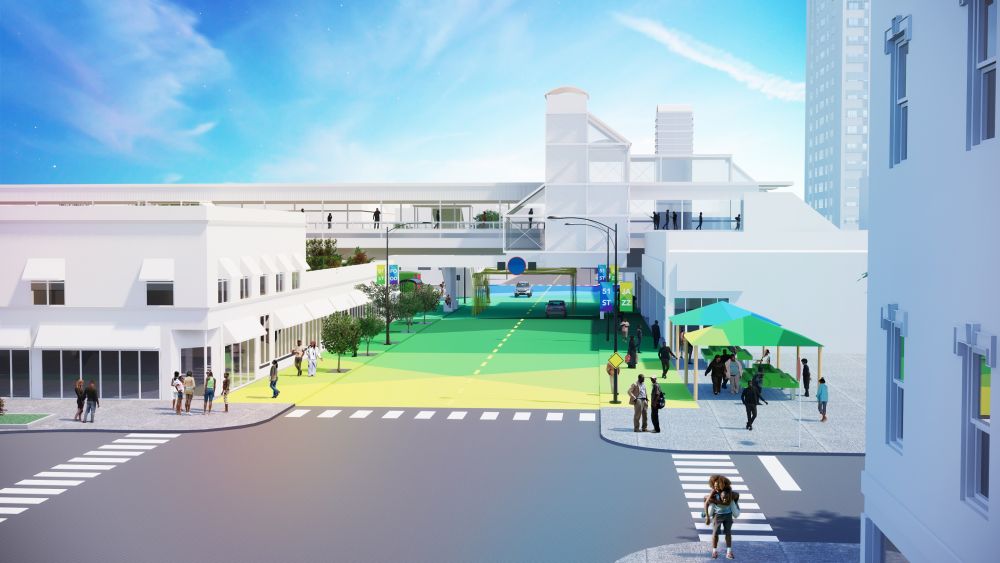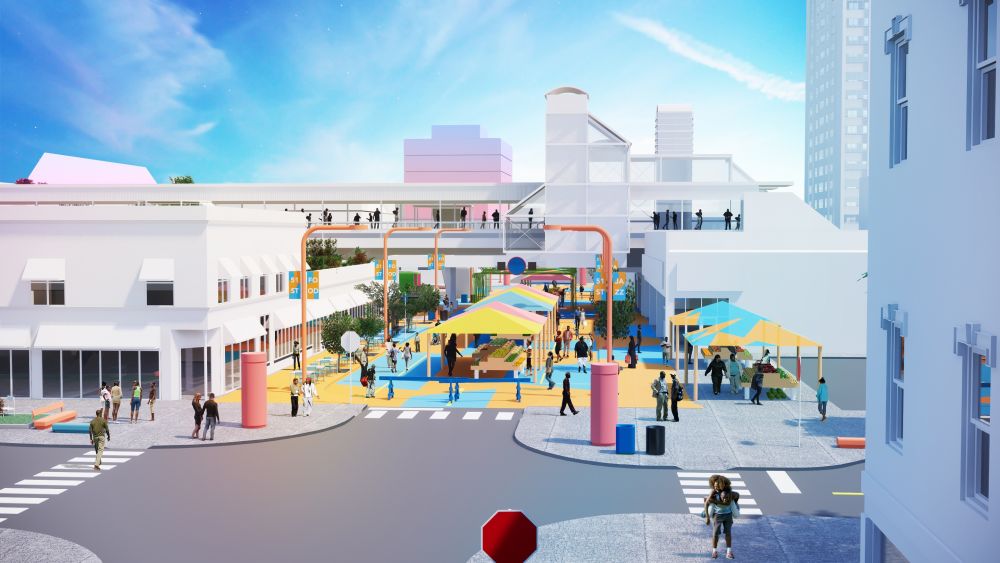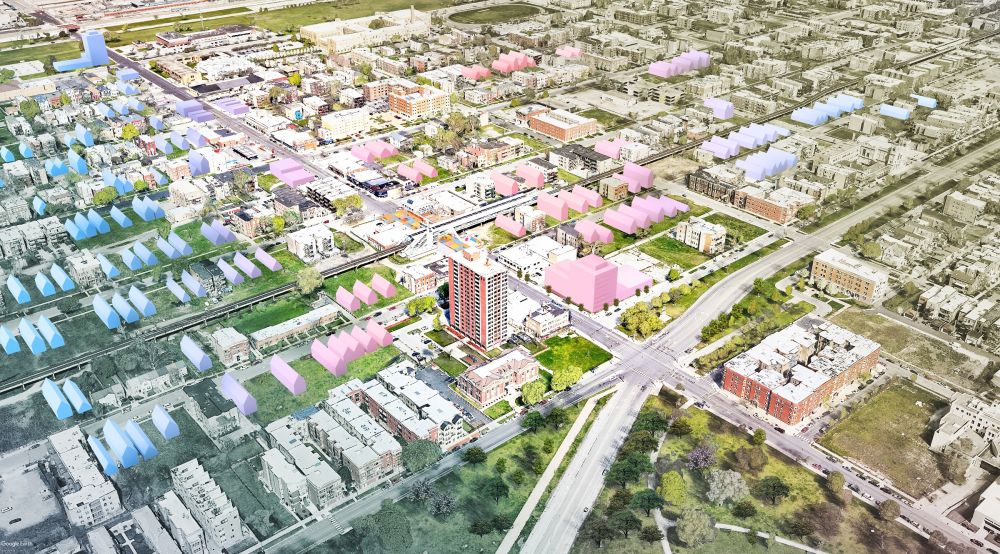Can a boost of professional, private-sector ideas provide real, actionable plans to act as change catalysts for neighborhoods?
That was the question the Chicago Central Area Committee (CCAC) asked teams of architects, urban designers, real estate brokers, lawyers, advisors and analysts as part of its Corridor Revitalization Initiative.
The CCAC was specifically focused on five key corridors within Chicago’s south and west sides, which were chosen by local community and business representatives with research by World Business Chicago (WBC). Teams were asked to focus on actionable strategies, rooted in real-world business models focusing on property ownership, energy and modernization efforts, improvements and redevelopment strategies, streetscape and placemaking, infrastructure upgrades and vacancy issues.
Our team focused on the 51st Street community.
Located on the border between Washington Park and Bronzeville, the east 51st Street corridor has a heritage rooted in Black entrepreneurship and excellence. This is a community of action and organization. It’s on a path toward the future with or without the same public investment given to other neighborhoods.
Community-organized action has had profound effect to the corridor already. The Boxville market, made of shipping containers, hosts weekly summer events with burgeoning entrepreneurs. The Bronzeville Cookin’ facility aims to share the food of the African Diaspora while developing new businesses through the Bronzeville Incubator. Red Apple Food & Liquor plans to be a more connected marketplace in the community. Jazz Fest builds on Bronzeville’s heritage as the Black Metropolis and offers yearly entertainment and gathering. Meanwhile, the Community Garden thrives on the hard work of its many volunteers.
Our team’s plan for the 51st Street corridor provides a framework to help dismantle systemic privilege and access to resources while giving the community room to grow the best way it knows how: through action. It centralizes focus at the CTA Green Line station, in order to quickly define place and concentrate a critical mass of change with strong connection from within and outside the neighborhood.
This framework aims to be a tool for the 51st community—not a design. Design can empower change, and that power belongs to this community.
Immediate (actions)
It starts with placemaking: brand, identity and definition. The “place” needs to tell the story. The immediate-term actions are inclusive of smaller, fundamental place-altering projects that can be quickly and easily funded. These projects have a huge impact to the corridor visually and culturally. Some are as small as storefront upgrades to sites with high-visibility or coffee kiosks at the CTA Station. The most critical of these investments is a yearly placemaking fest that is rooted by the spirit of “tactical urbanism”—the perfect dovetail to the current events and programs of the neighborhood. This exercise becomes a yearly neighborhood event, with new themes celebrating the culture of action and community at 51st. Precedent projects, such as CTA Gateways, Argyle Night Market, tactical urbanism installations and more prove successful placemaking can happen through simple steps.
Near (momentum)
To maintain momentum and vitality in the district, already-established programs should be expanded and merged with wider networks. Jazz Fest should be incorporated into the City of Chicago Summer Street Fest circuit, branding for the burgeoning food scene should be included in Chicago Restaurant Week, branded as a Restaurant Row in its own right. Additionally, longer-term community planning at this stage should be complete for future infrastructural street upgrades, such as furniture, lighting, trees, planting, traffic calming and pedestrian enhancements. Lastly, the Placemaking Kick-Off Fest, would start every summer season with new themes and expanded boundaries.
Future (change)
Once place and momentum are established, future development can be courted. This critical mass of activity and change could drive future development upon the adoption of key zoning changes in the district. Reclassifying the district from B3-3 to B3-5 would allow for double of the potential dwelling units, favorable to development pro forma. One to two anchor developments would be needed to seed growth in the district. Infill development would follow as density increased, allowing smaller parcels and empty storefronts to satisfy needs for diverse sets of business uses and services. Lastly, a policy change that allowed single-family and townhome development on combined, vacant lots would provide for an appropriate amount of new homes for the neighborhood—instead of matching the 6-to-8+ units built from a prior era. With steady, targeted change, growth and opportunity can take root for 51st Street’s future.
Working on this project was truly a highlight of my career. Kudos to the local companies and community organizations who partnered with our team: 51st Street Business Association, Compass Commercial, The John Buck Company, SB Friedman, Drinker Biddle & Reath LLP, Ernst & Young, World Business Chicago and the Chicago Central Area Committee.
Making this project even more special is the feedback we received from the executive director of the 51st Street Business Association after we presented our plan to the community.
